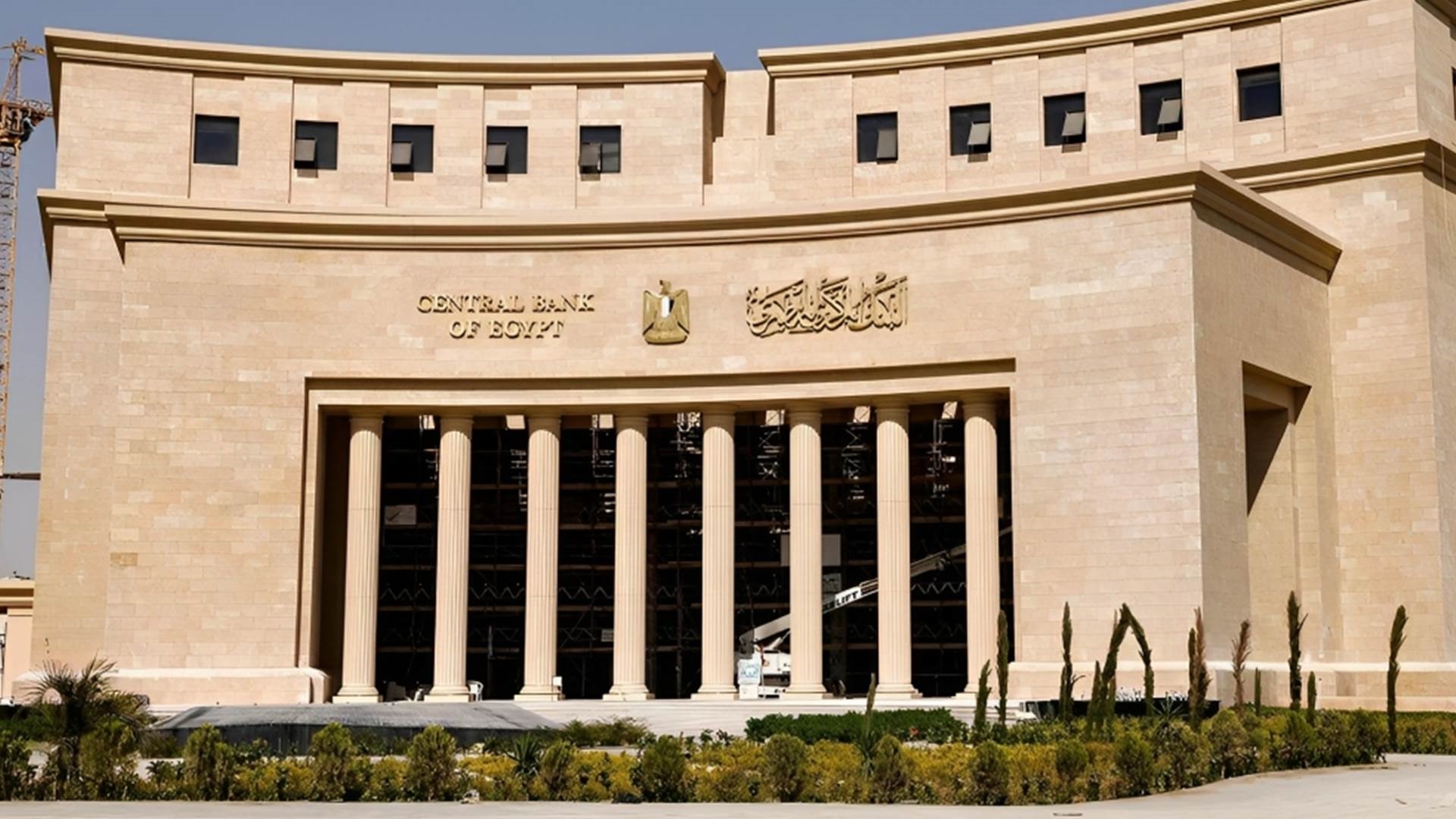New determinants of the Monetary Policy Committee's decision on 5 September 2024
First Bank

Nearly two years have passed since most central banks around the world began a wave of monetary tightening to cope with many crises worsening after the coronavirus pandemic, most notably inflation, which has reached unprecedented record levels, using interest rates as one of the instruments of monetary policy.
The tightening policy by using increasing interest rates aimed at reducing demand by making borrowing more expensive, slowing economic activity and reducing inflationary pressures as well as attracting people's savings to banks to ensure they were not directed at consumption.
But this wave seems to be gradually fading. In recent months, we have seen the trend of central banks in developed economies to facilitate monetary policies by lowering interest rates, the start was from the Swiss National Bank, which cut its rate last March by 0.25%. SVERIGES followed at the same rate in May, and then The Bank of Canada cut it a quarter of a degree of Celsius last June.
The ECB also cut its interest rate for the first time in more than four and a half years in June by 0.25%, followed by the Bank of England cutting by the same amount in August.
While the FED finally announced the prospect of rate cuts in the coming months, with Federal Reserve Chairman Jerome Powell noting in his speech at The Federal Reserve's Jackson Hole Economic Symposium, last Friday that it was time to start cutting rates, news that global markets had long awaited.
This trend is expected to prompt many central banks around the world to follow in the footsteps of the FED. US interest rate cuts typically depreciate the US dollar. Making US exports more attractive in global markets, it should be noted that this move can support US export-dependent industries, and also contribute to reducing the US trade deficit.
For countries whose currencies are linked to dollar or heavily dependent on dollar-denominated debt, a weak dollar could create challenges in implementing their own monetary policies. As central banks in developed economies move towards lower interest rates, the most pressing question remains: How will Egypt deal with these changes in light of economic challenges? Especially as the monetary policy committee meeting at the Central Bank of Egypt approaches, scheduled for Thursday, September 5.
In fact, the latest variables put the Central Bank of Egypt ahead of a difficult decision as it has to decrease the interest rates for the pervious reasons. In addition, it has become a major burden for Egypt and employers, especially as interest rates reached record levels. This affected the GDP growth as it continued to decline by 2.2% in the first quarter of 2024, compared to 8.3% in the fourth quarter of 2021, prior to the monetary tightening policy.







